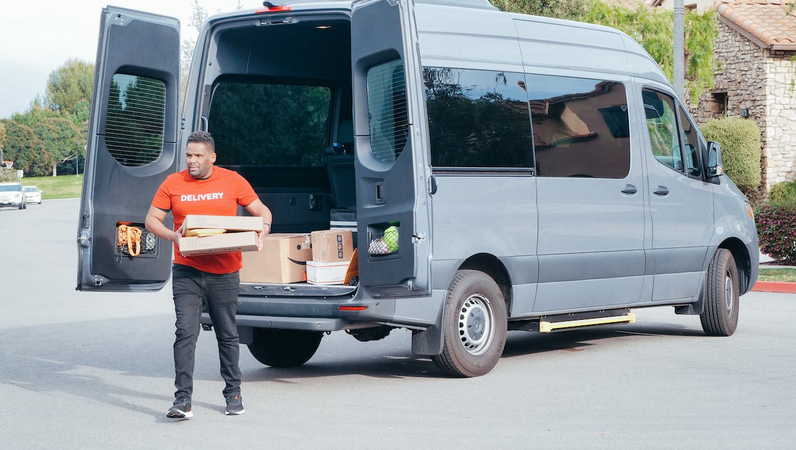Challenges and Solutions in Last-Mile Delivery for International Shipments
In the fast-paced world of international logistics, the last mile of delivery poses unique challenges that require innovative solutions. The term “last mile” refers to the final leg of a product’s journey, from the distribution center to its ultimate destination, the customer’s doorstep. While last-mile delivery challenges are prevalent in domestic shipping, the complexities multiply when crossing international borders. In this article, we’ll explore the hurdles faced in international shipping and the creative solutions that address these challenges.
The Complexity of International Last-Mile Delivery
Customs and Regulatory Compliance
Navigating the intricate web of customs regulations, tariffs, and import/export laws is a central challenge in international last-mile delivery, especially for businesses that deal with shipping to Australia from UK. Each country has its unique set of rules, making compliance a complex and time-consuming process.
Diverse Geographic Landscapes
International shipments often involve diverse geographic landscapes, ranging from urban metropolises to remote rural areas. Delivering packages to locations with limited infrastructure poses a logistical challenge for last-mile carriers.
Variable Transportation Modes
The last mile may involve various transportation modes, including trucks, bicycles, motorbikes, or even pedestrian delivery. Coordinating and optimizing these modes for efficiency and cost-effectiveness is a puzzle that international shippers must solve.
Addressing Language Barriers
Language differences can hinder effective communication between carriers, customers, and local authorities. Miscommunication can lead to delivery delays, misplaced packages, and customer dissatisfaction.
Innovative Solutions to Last-Mile Delivery Challenges
Technology Integration
Harnessing technology is a game-changer in overcoming last-mile challenges. Advanced route optimization software, GPS tracking, and real-time communication platforms enhance visibility, allowing carriers to adapt swiftly to changing conditions.
Collaborative Platforms and Partnerships
Collaboration between logistics providers, local carriers, and e-commerce platforms facilitates a more streamlined last-mile process. Partnerships allow for shared resources, infrastructure, and expertise, leading to improved efficiency.
Blockchain for Transparent Supply Chains
Implementing blockchain technology enhances transparency in the supply chain. It provides a secure and immutable ledger, reducing the risk of fraud, ensuring compliance, and improving traceability of international shipments.
Data Analytics for Predictive Insights
Leveraging data analytics helps predict demand patterns, optimize delivery routes, and proactively address potential challenges. This data-driven approach enables carriers to make informed decisions and enhance operational efficiency.
Alternative Delivery Models
Introducing innovative delivery models, such as crowdsourced delivery, locker systems, and drone deliveries, can overcome geographical challenges and improve accessibility in diverse regions.
Customer Communication Platforms
Effective communication with customers is crucial. Implementing multilingual customer service platforms, tracking notifications, and delivery alerts ensures that customers are informed and can anticipate the arrival of their packages.
Navigating the Future of International Last-Mile Delivery
As e-commerce continues to thrive and global trade expands, the challenges in international last-mile delivery will persist. However, with an unwavering commitment to innovation and the integration of smart technologies, the industry is poised for transformative change.
The challenges in international last-mile delivery are indeed formidable, but they are not insurmountable. With a strategic combination of technological innovation, collaborative partnerships, and a customer-centric approach, the logistics industry can continue to evolve and meet …



